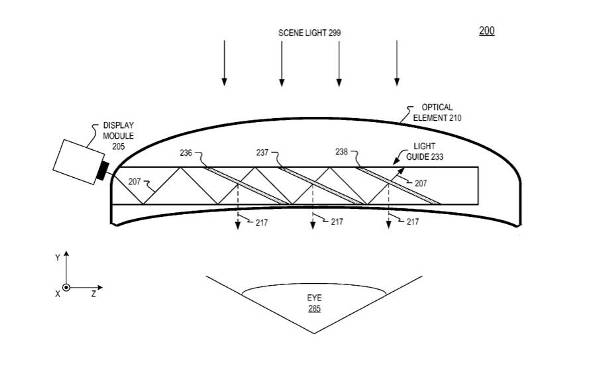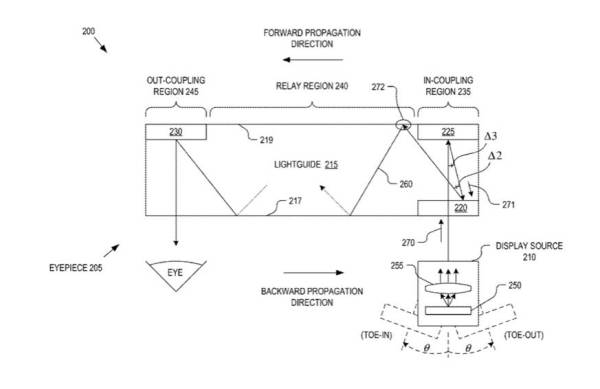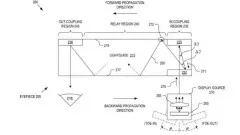In recent news, Google was quoted by almost all publications on this planet (it seemed) as filing for a patent that involves displaying holograms in their next generation head mounted display device. There is so much wrong information floating around this patent application that we need to clarify what is real and what is not.
First of all, filing a patent does not mean that you have patented anything. It just means that you are asking the patent office to grant you a patent that will allow you to use this technology and prevent other people to use the same technology without paying licensing fees. So any news that Google has patented anything as suggested by titles like ‘Will Google Glass project Holograms? Patent suggests headset could plunge wearers into augmented reality’ by Daily Mail.co.uk is getting a little ahead of reality. To be fair, the Daily Mail does accurately state later that Google has only filed for a patent.
The patent applications in question were filed in March of 2014. There are US patent applications 2015/0268467 and 2015/0277116 that describe the use of a lightguide as part of a head mounted display.
 Source: Google Patent 215/0268467
Source: Google Patent 215/0268467
The patents work with thin pieces of material that allows the photons coming from an imager to travel through the lightguide by means of total internal reflection (TRI). This means that the image will be reflected several times without causing any kind of deformation.
In the patent quoted in the news, Google claims the use of holographic elements for coupling the image into the lightguide. This does not mean that the image gets miraculously converted into a hologram. While AR and VR devices are being pushed by major players in the technology field, the terms ‘hologram’ and ‘holographic’ are often used to demonstrate some form of technological superiority. I guess this stems from StarWars, where holograms were shown as the ultimate form of AR/VR. In fairness to Google, many companies working in the field misuse the word.
 Source: Google Patent 215/0277116
Source: Google Patent 215/0277116
Using holograms as optical elements is not new and has been exploited in optics and laser technology for quite some time. This has nothing to do with holograms that do not contain an image in the form of RGB pixels but a representation of the wavefront reaching the eye. A wavefront hologram can be used to re-create the original wavefront by illumination with coherent light.
By using a holographic optical element, an RGB pixel image will always remain a RGB pixel based image. This means none of the features of a hologram with correct creation of the depth of field and full parallax will be present in the created image viewed through a holographic lens. Especially in stereoscopic images the problem of disparity and accommodation will still exist. These problems are some of the reasons that people have issues with stereoscopic 3D and will also exist in this kind of display. In a eal holographic display, these issues would not exist.
Using real holographic images in head mounted displays seems to be many years away. Just look at the state of art in the holographic display technology as developed by Holografika and SeeReal among others. The technology to pull this off is still light years away (pun intended!). (NH)

